Summers are rough. Especially in some parts of India, the temperature increases to 45 to 50°C. Therefore, many of us use air coolers to get relief from summer heat. Air coolers are both comfortable and cost-effective while fighting rising temperatures.
While air conditioners consume a lot of electricity, one can easily fill the water in the air cooler and use it cost-effectively. We can use air coolers without water also. The easy process of removing water makes air coolers less complicated. When people use an air cooler with water, they find it very easy to use and less demanding for maintenance. Therefore, in scorching summer, air coolers are effective.
This article will help you understand various ways of using an air cooler with and without water and how you can optimize its use through your small efforts.
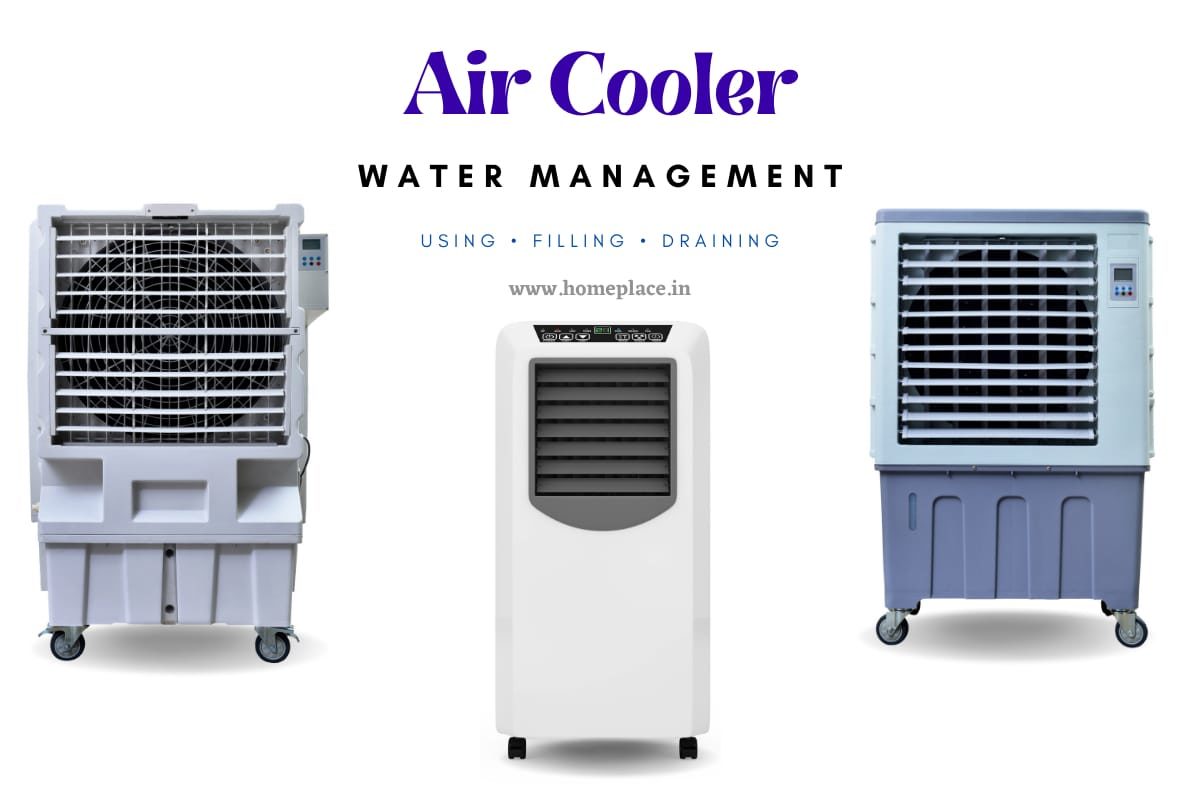
How do evaporative air coolers work?
An evaporative air cooling system is based on the principle of evaporation and automation to reduce the air temperature in your room. The machine has a fan, cooling pads, a water reservoir, and a water pump. While the fan is responsible for airflow inside the room, the water pump circulates water from the water tank towards the cooling pad, where it spreads and gets soaked.
At the same time, the fan drives the hot air from the room through the cooling pad. At this moment, the moisture content on the cooling pad is exposed to high airflow. The hot air transfers the latent heat into the water molecules to reach their boiling point. As a result, the water gradually vaporizes until the saturation level of humidity. Thus, the lower the humidity, the more effective the evaporative air cooler is.
Variations of fan speeds, oscillation, and remote controls are some useful features of the best air coolers. Working an air cooler is a pretty energy-efficient process, and it won’t cost you a huge electricity bill as air conditioners do. However, as this system depends on the evaporation process, you will not get the same cooling effect in high and low-humidity areas.
Can we use an air cooler without water?
We can definitely use an air cooler without water. However, if you want to use the air cooler without water, it will only circulate hot air. As the device works on the evaporation process, it won’t be able to cool down your room in the absence of water.
So, if you want to use your air cooler without water, it will work but won’t be very effective in reducing the room temperature. In this situation, you can also use a tower fan, an alternative to an air cooler. When the evaporative cooler is out of the water, the water pump automatically shuts off, maintaining a safe operating condition.
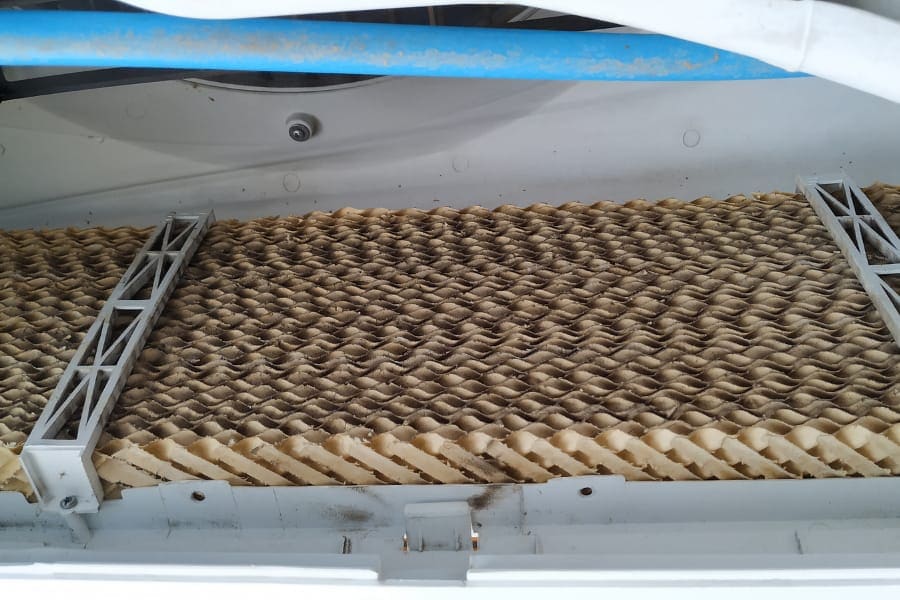
How to fill the water in the air cooler?
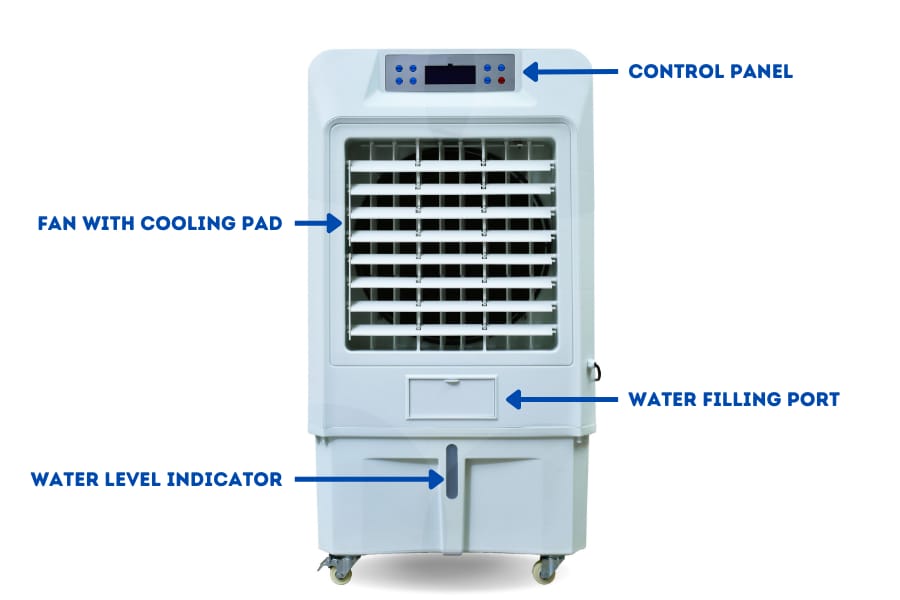
Is borewell water compatible with the air cooler?
While distilled water and RO water are the best options to fill water in the air cooler, borewell water can be problematic sometimes. Borewell water often contains heavy metals like iron, calcium, and magnesium, making the water hard with a high TDS value.
If you use borewell water with a TDS beyond 400 ppm, a noticeable deposition of minerals can be seen at the end of the pump, water tank, cooling pad, and pipelines. Therefore, check the TDS range, use a TDS meter, and measure the concentration of heavy minerals in the borewell water. If it is beyond 400 ppm, you need to purify the borewell water or use water from other sources. We recommend using RO water that can be easily availed from the water purifier at your home.
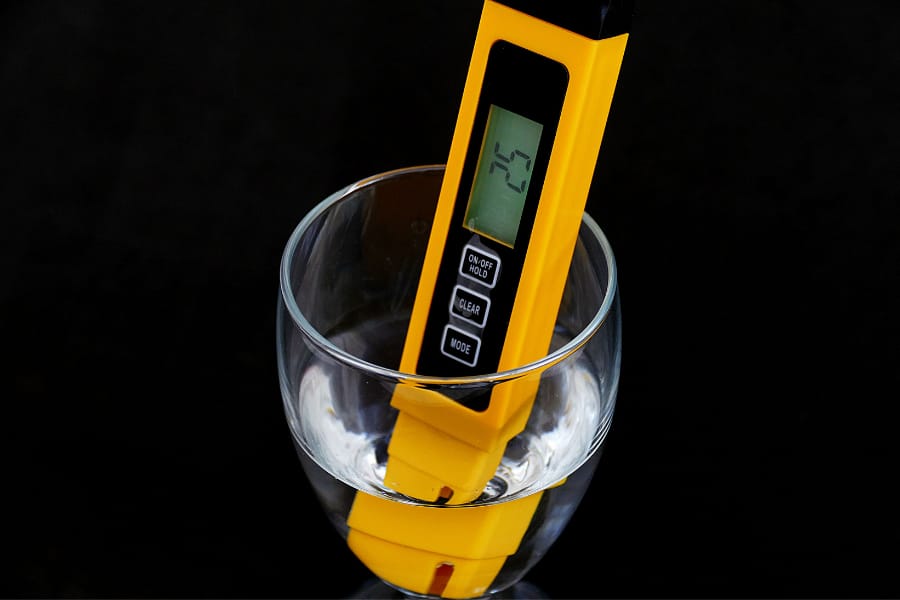
Can salt water be used in the air cooler?
Saltwater contains sodium chloride and some other salts in large quantities, making it incompatible with air coolers. If you fill the air cooler water tank with salt water, the dissolved salts will be deposited all over the device’s internal components.
This salt is corrosive in nature which will slowly cause damage to the machine’s structure. It can cause malfunction of the fan, water pump, and ultimately failure of the air cooler. Besides, saltwater requires a higher amount of latent heat to vaporize, which is not easy to attain. With lower efficiency, the power consumption also increases. Therefore, never use salt water in an air cooler.
How to reduce humidity in the room with an air cooler?
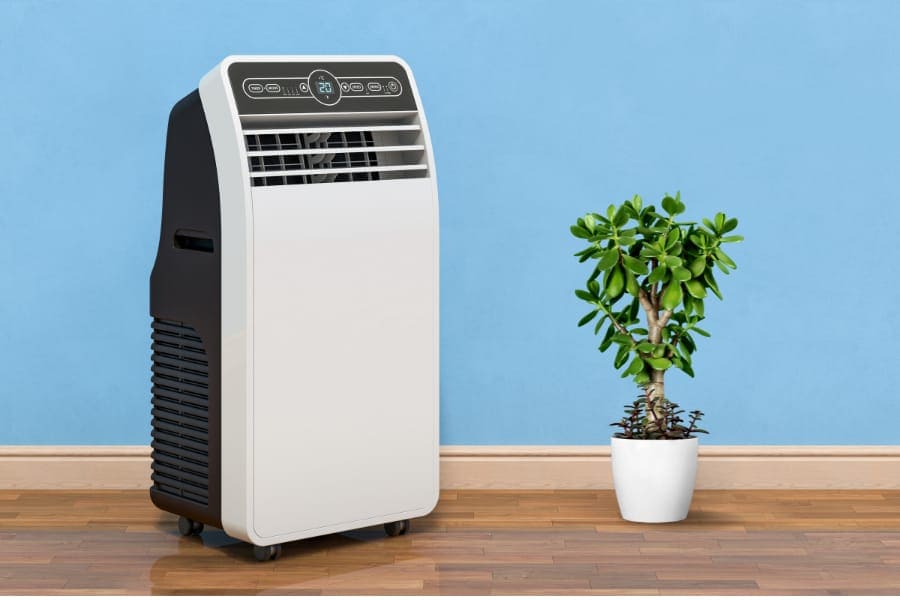
How to remove/drain water from the air cooler?
Air coolers are more cost-effective than AC for your household to get relief from the summer heat. The air coolers with humidity controllers are most helpful for humid climates. However, you need to know how to manage water inside the air cooler in different situations (filling, draining, and maintaining quality). This article explains that exactly. If you have any further queries, let us know in the comments.
